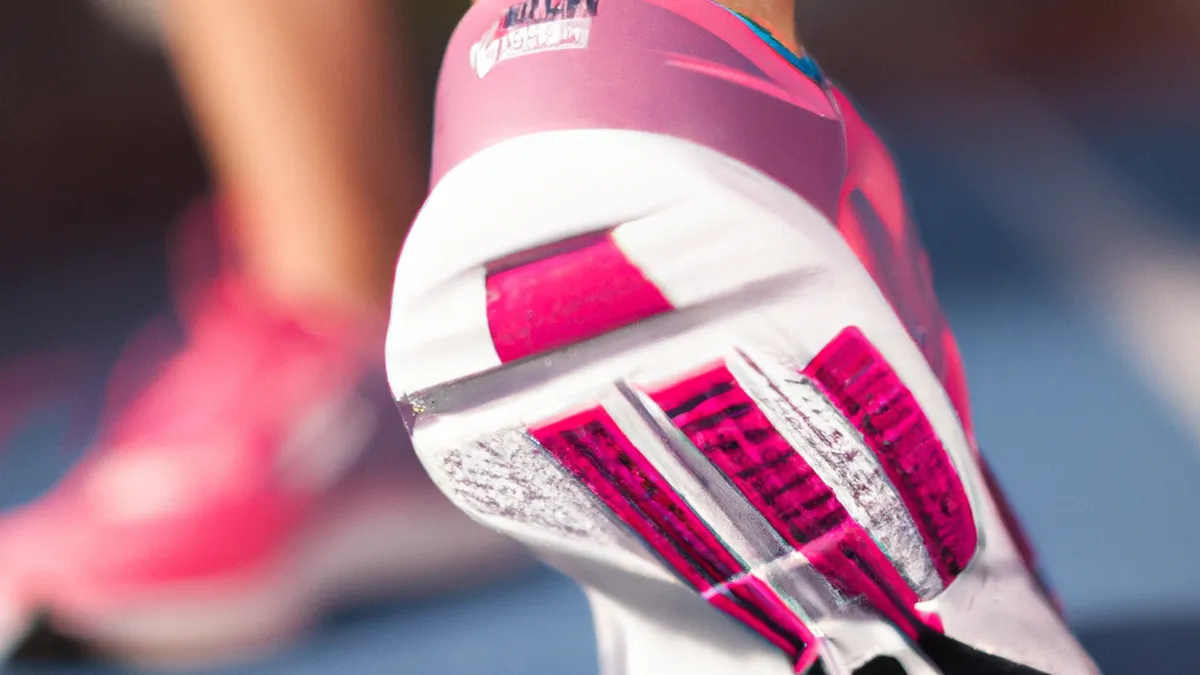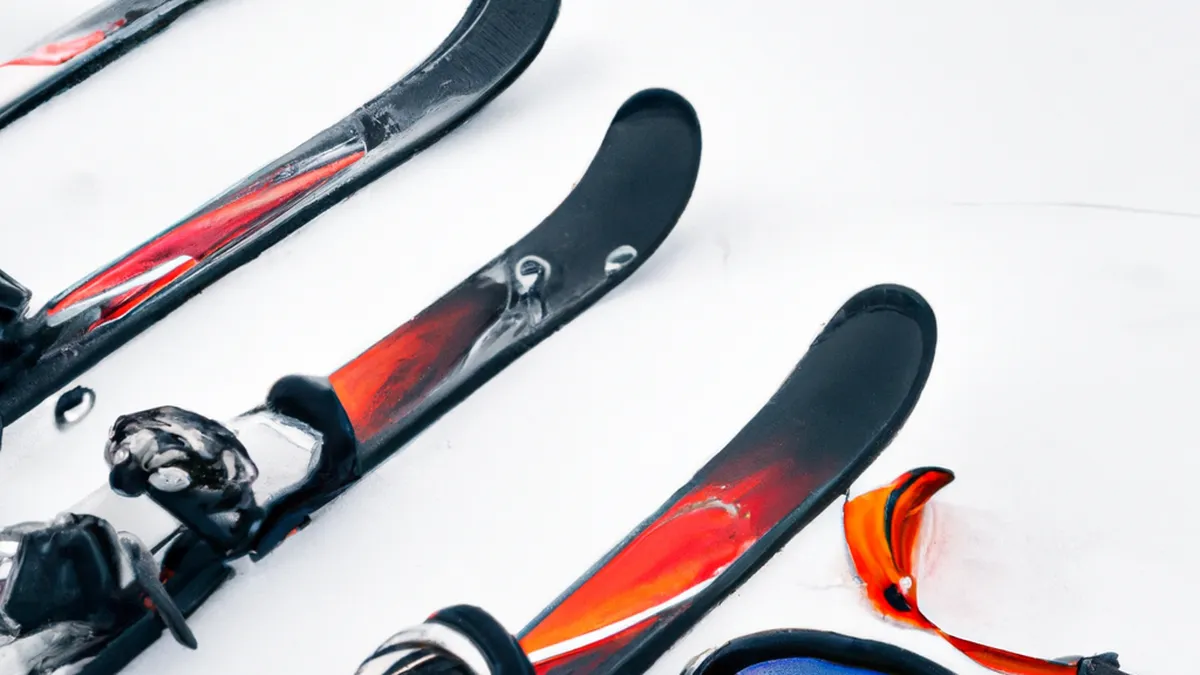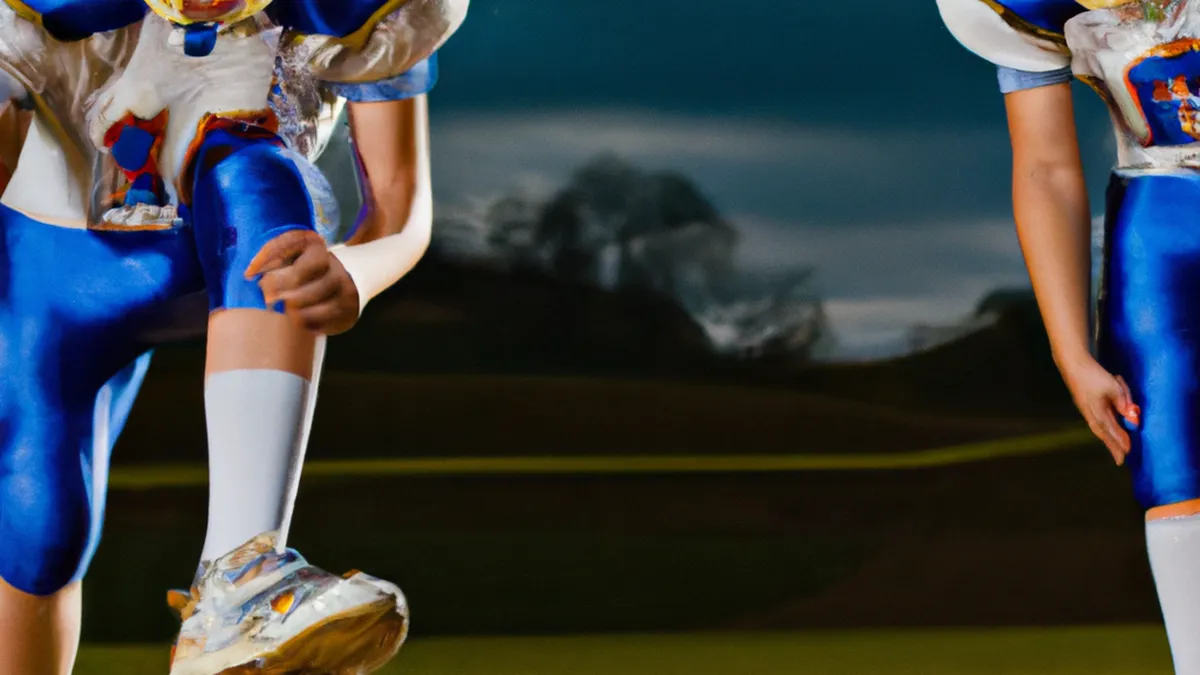Extended Recovery: Stretching Benefits Explained
Stretching Routines After Races: A Comprehensive Guide to RecoveryCompleting a race, like a 5K, marathon, or triathlon, represents a significant achievement. After the adrenaline fades, focus on recovery. A structured stretching routine facilitates this recovery. Stretching alleviates soreness, enhances flexibility, and prepares your body for future performances. This blog post explores effective stretching routines, tips for post-race care, and their benefits.
The Importance of Stretching
Stretching after a race holds several crucial benefits:1. **Muscle Recovery:** After physical exertion, muscles tighten and fatigue. Stretching lengthens these muscles, promotes recovery, and reduces stiffness.2. **Injury Prevention:** Tight muscles increase injury risk. Regular post-race stretching maintains flexibility, reducing future strains or sprains.3. **Enhanced Circulation:** Stretching boosts blood flow to muscles. This increase helps remove metabolic waste like lactic acid and delivers vital nutrients for repair.4. **Mental Relaxation:** Stretching encourages mindfulness, allowing reflection on your race experience. This mental aspect enhances overall recovery.
Effective Stretching Routines
As an Amazon Associate I earn from qualifying purchases.
Gear tip: consider stretching strap, yoga blocks, and mobility sliders to support this topic.
After crossing the finish line, focus on targeted stretching. Here are effective stretches for post-race recovery.
1. Static Stretching
Static stretching involves holding a stretch for 15 to 30 seconds. This method helps muscles cool down and relax. Consider these key static stretches:- **Hamstring Stretch:** Sit on the ground with one leg extended and the other leg bent. Reach toward your toes to stretch the extended leg. Hold for 15-30 seconds and switch legs.- **Quadriceps Stretch:** Stand on one leg and pull the other heel toward your glutes. Keep your knees close together. Use a wall for support. This stretch targets tight quadriceps after running.- **Calf Stretch:** Stand facing a wall, place your hands against it, and step one foot back while keeping the heel grounded. Lean forward to stretch the calf of the back leg. Hold for 15-30 seconds on each side.- **Hip Flexor Stretch:** Kneel on one knee with the other foot in front, forming a 90-degree angle. Gently push your hips forward while keeping your torso upright. This stretch targets tight hip flexors affected by running.
Conclusion
Incorporating stretching routines after races aids recovery and enhances performance. Prioritize these stretches to maintain flexibility and prevent injuries.
Below are related products based on this post:
FAQ
Why is stretching important after a race?
Stretching after a race is crucial for muscle recovery, as it helps alleviate soreness and reduces stiffness. It also plays a significant role in injury prevention by maintaining flexibility and enhancing circulation, which aids in the removal of metabolic waste.
What are some effective static stretches to perform post-race?
Effective static stretches include the hamstring stretch, quadriceps stretch, calf stretch, and hip flexor stretch. Each stretch should be held for 15 to 30 seconds to help the muscles cool down and relax after the race.
How does stretching contribute to mental relaxation?
Stretching encourages mindfulness and reflection on the race experience, which can enhance overall recovery. This mental aspect of stretching allows athletes to process their performance and promotes a sense of calm after the physical exertion of a race.















Post Comment